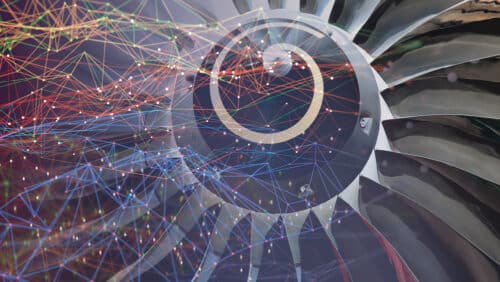A team of researchers from the Department of Materials Science and Engineering at Texas A&M University, jointly worked with researchers from Ames National Laboratory to develop an Artificial Intelligence framework that can predict the behavior of high entropy alloys (HEAs) for efficient working of gas turbine engines.

A group of researchers developed an artificial intelligence framework that can predict high entropy alloys (HEAs) that can withstand high temperatures and extreme oxidation environments as it is considered the higher the temperature of an engine, the higher the efficiency. This will help in reducing the time and cost needed to do experimental analysis for finding alloys. This framework, combining computational thermodynamics, machine learning, and quantum mechanics, can quantitatively predict the oxidation of HEAs of arbitrary chemical compositions. It provides fast and efficient screening of alloys in minutes which would take years using the conventional method.
“Gas turbines function by converting chemical energy into mechanical motion but are limited by their temperature threshold,” said Dr. Raymundo Arroyave, professor in the Department of Materials Science and Engineering. “The next step of revolutionizing turbine technology is to change the material that is used to fabricate components, such as the blades so that they can operate at higher temperatures without oxidizing catastrophically.”
Turbine blades exhibit catastrophic failure from melting or oxidizing due to working for a longer duration in high-temperature conditions. This framework provides HEAs with potential applications such as gas turbines for propulsion and power generation, heat exchangers, and many others that require materials to withstand extreme operating conditions. The tool developed will alter the process of scientists finding alloys for extreme environments by using artificial intelligence tools to obtain several alloys in a very short time.
“The ability of the framework to accurately pinpoint detrimental phases will enable the design of improved oxidation-resistant materials,” said Ames National Laboratory scientist Prashant Singh, who co-led the framework development. “The approach presented in this study is general and applicable to understanding oxidation behavior of HEAs as well as provide insights into oxidation and corrosion-resistant materials for other applications.”
“By enabling the discovery of materials capable of withstanding extreme environments, this work directly contributes to the Department of Energy’s goal of achieving net-zero carbon emissions by 2050,” said Singh.
Click here for the Published Research Paper







